How to Select the Battery for IoT Devices?
The Internet of Things is a new network created on the basis of the Internet, which meets the functional requirements of information exchange and data communication between different things. Wireless modules are often used when transmitting data. In many cases, there is no external power supply, and only battery power Powered by the wireless module of the Internet of Things. So how to choose the battery that powers the wireless module of the Internet of Things?
Why do we need a professional IoT battery?
Common wireless transmission modules include NB-IOT, GPRS (2G, 3G, 4G), LORA, ZIGBEE, and other modules. Different modules have different power consumption when searching for gateways and sending data, often ranging from 300MA-2000MA, but no matter for any type of module, the continuity of the system must be considered. If a battery-powered transmission module needs to replace the battery once a year or even half a year, it is a huge waste for the operation and maintenance of the entire system. Users The experience is definitely not going to get better. As for the battery, the general electronic engineer will think that it is a power supply without any special parameter indicators. This idea is worth considering in the system product.
IoT battery features
There are many types of batteries, toys, alkaline batteries for remote controls, polymer batteries for mobile phones, nickel-metal hydride batteries, nickel-cadmium batteries, and so on. Lithium batteries alone include many categories, such as ternary lithium batteries, lithium manganese batteries, lithium sub batteries, lithium iron phosphate batteries, and so on. For most applications, battery selection only needs to consider parameters such as capacity, volume, and discharge rate, but for the emerging Internet of Things applications, there are some special considerations:
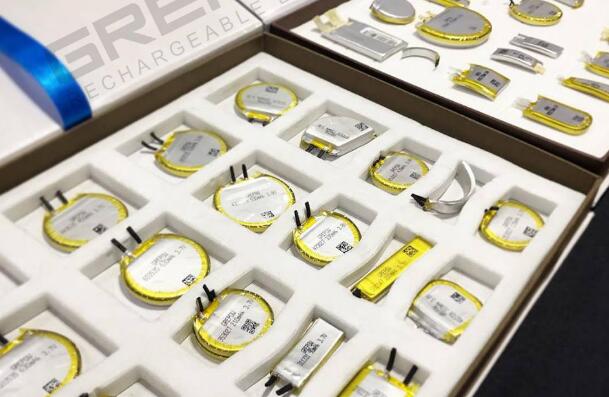
safety
This is a key point that must be noticed in all applications, and Internet applications are no exception. If the fire caused by the explosion or spontaneous combustion of the battery in use is very serious. The discharge current of the battery is one of the main reasons that may cause the battery to spontaneously ignite or explode. If the discharge current is too large, the severity of the reaction between the battery positive and negative materials will increase, and the heat will increase. May cause a safety accident. For attracting users requires a large current, but how to solve this problem must pay attention to the safety point? In fact, the battery alone is difficult to solve this problem. Grepow's IoT battery adopts lithium polymer batteries. Such IoT batteries have a very small discharge current. They usually charge the composite capacitor. Composite capacitors provide high current power. In this way, the small current discharge of the battery core is guaranteed to ensure safety, and the wireless module can also be provided with a large current power supply for a short time when needed.
long life
Engineers know that batteries have internal resistance, and there is power loss when there is internal resistance. The internal resistance of general batteries is more than 10 ohms, so the phenomenon of general self-discharge of batteries is unavoidable. After half a year to a year of ordinary batteries, there is no external consumption, and the battery's power will be discharged, so it is difficult to find a battery-powered solution that can be uncharged for 5 to 10 years in IoT applications. The Grepow IoT battery can just do this. The battery itself has a small self-discharge electrode, which is guaranteed to be within 1% for one year. In normal applications, the self-discharge of the battery can be ignored.
Low-temperature discharge
Generally, the discharge current of the battery will be very small after minus 20 degrees. This is also a problem that many engineers cannot solve. To solve the low-temperature discharge and the price is low, you must use the Grepow IoT battery solution. In low-temperature environments of -50 ℃ to 50 ℃, the Grepow IoT battery can still work normally, breaking the conventional limit of -20 to 60 ℃.
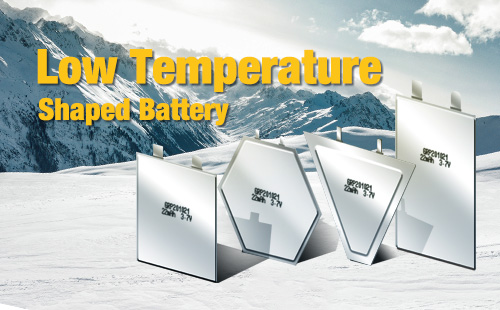
Instantaneous high current
The normal power battery can provide a relatively large current, but its internal resistance is relatively large, so it is difficult to guarantee the life, the general battery discharge current is small, but there is no way to provide high current to the IoT wireless module, Grepow IoT battery Adopting a combination approach to solve this problem cleverly.
Collapse phenomenon
The battery collapses for a long time without high current discharge. That is to say, a collapsed battery cannot provide a large current at one time, whether it is a powerful battery or an ordinary alkaline battery. This phenomenon is difficult to capture. This is where many electronic engineers have no way to understand. Obviously, the battery has power but the wireless module is not supplying power properly. After the battery is brought back for testing, it is found to be good. This occasional phenomenon has caused a lot of after-sales maintenance costs. Grepow IoT battery design completely circumvents this design trap. With over 20 years of customer service experience, Grepow has developed a very complete service system, specifically tailored for our customers, which helps us in better understanding your needs in the first step of our communication, in a highly time-efficient way. If you want the IoT battery, you need is to contact us now. Email: info@grepow.com Grepow Website: https://www.grepow.com/
Related Articles
-
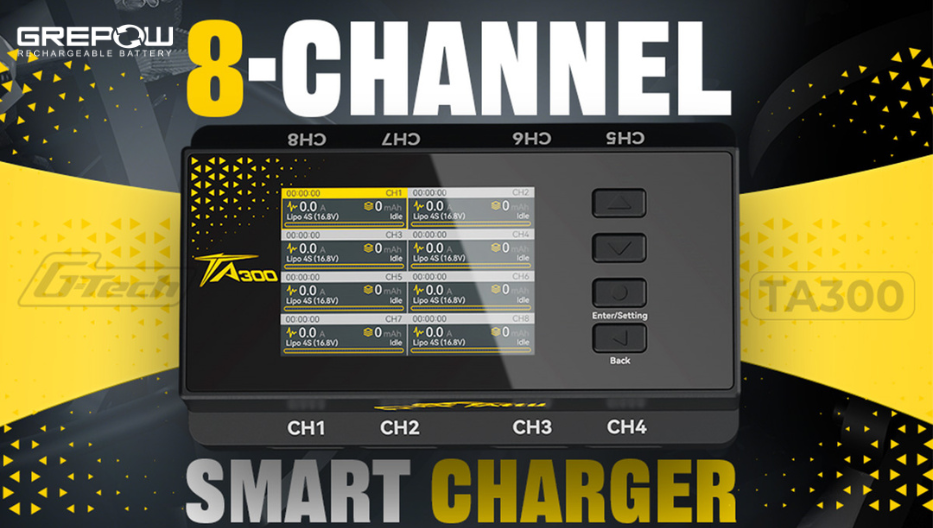
New Release: Tattu TA300 Multi-Channel Smart Charger for Drone Soccer
2025-09-12 -
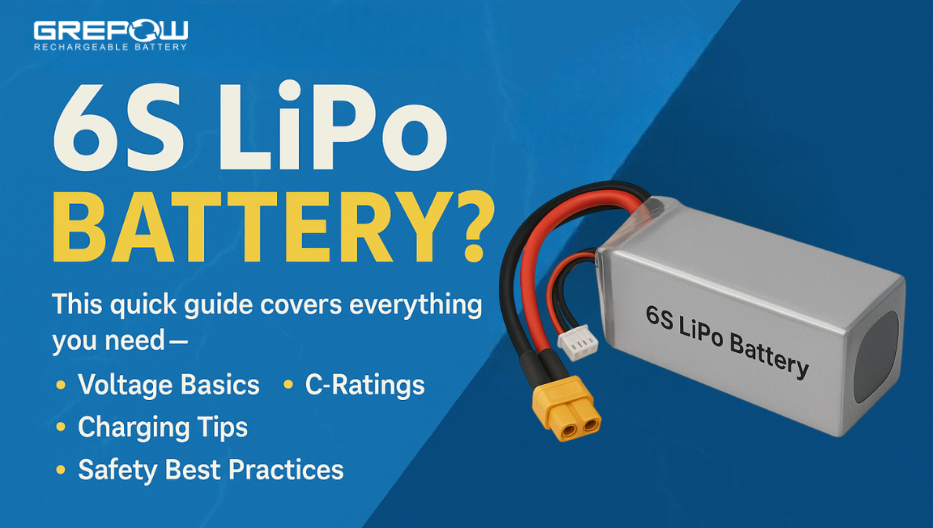
Practical Guide to 6S LiPo Batteries for Drones & RC Models
2025-04-23 -
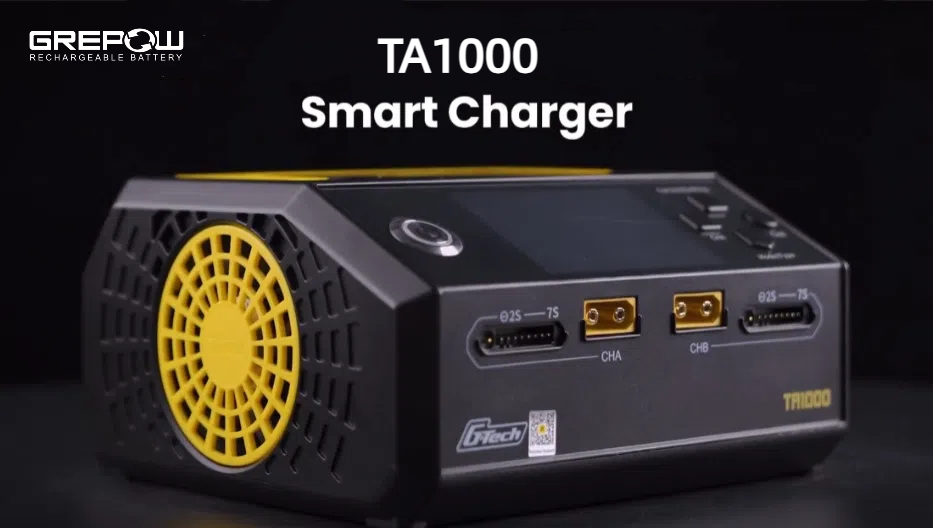
How to Choose a LiPo Battery Charger?
2025-04-08
Related products
-
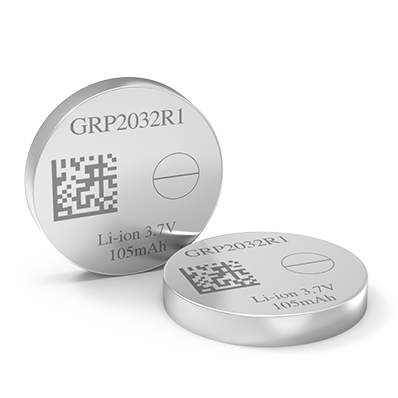
GRP2032R1 Rechargeable Lithium-Ion Coin Cell Battery
-
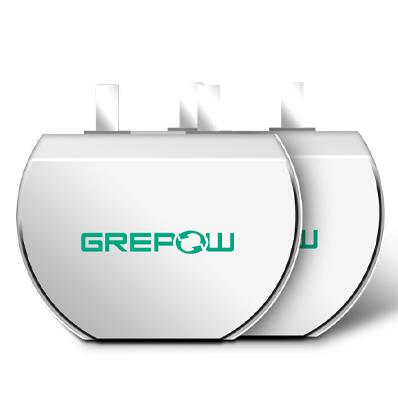
Pouch D Shaped Lipo Battery
-
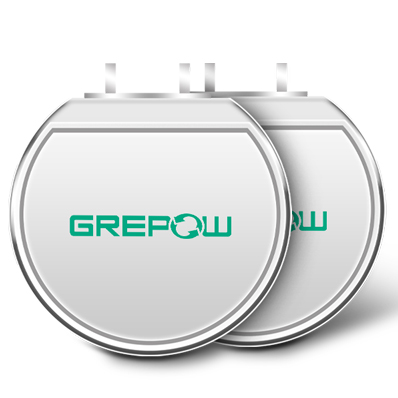
Pouch Round Lipo Battery
-
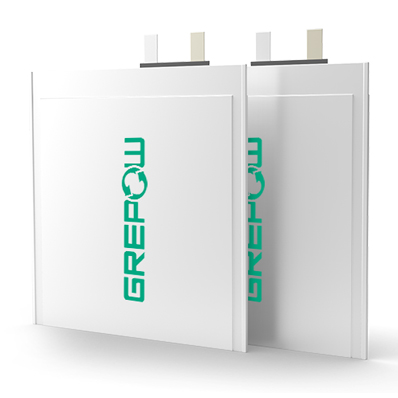
Pouch Ultra Thin Lipo Battery
















































